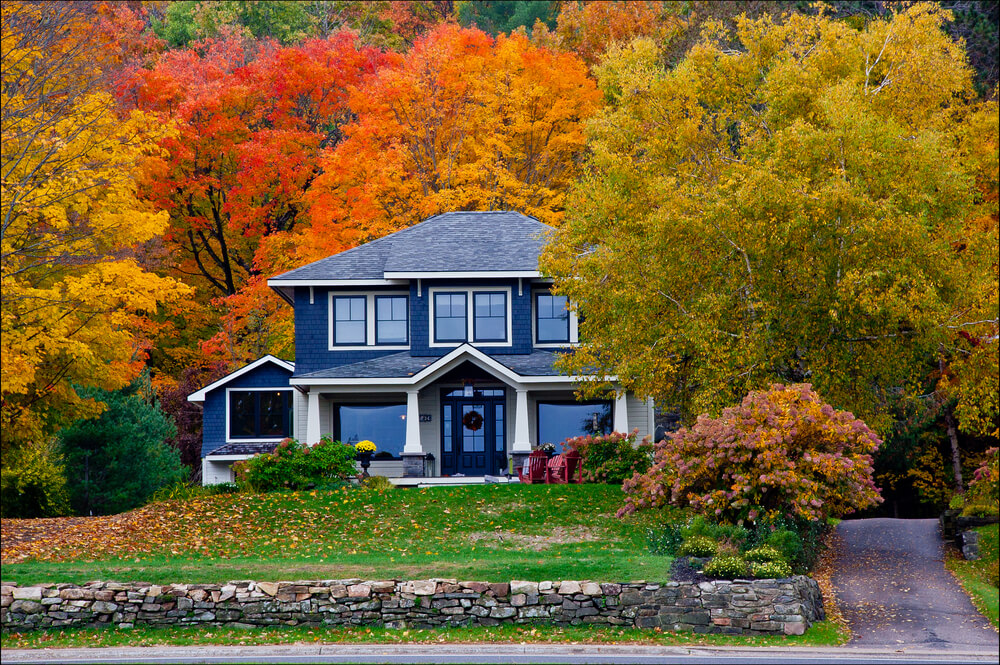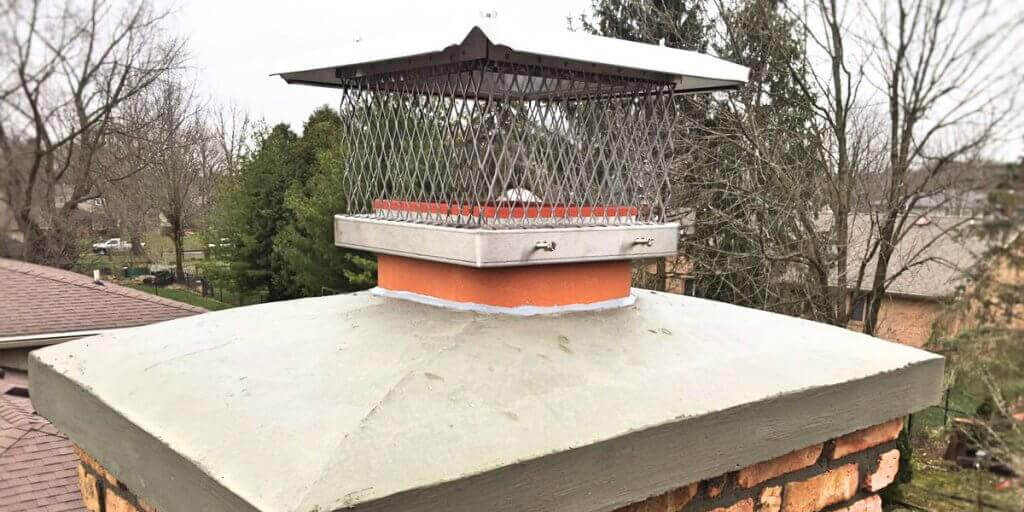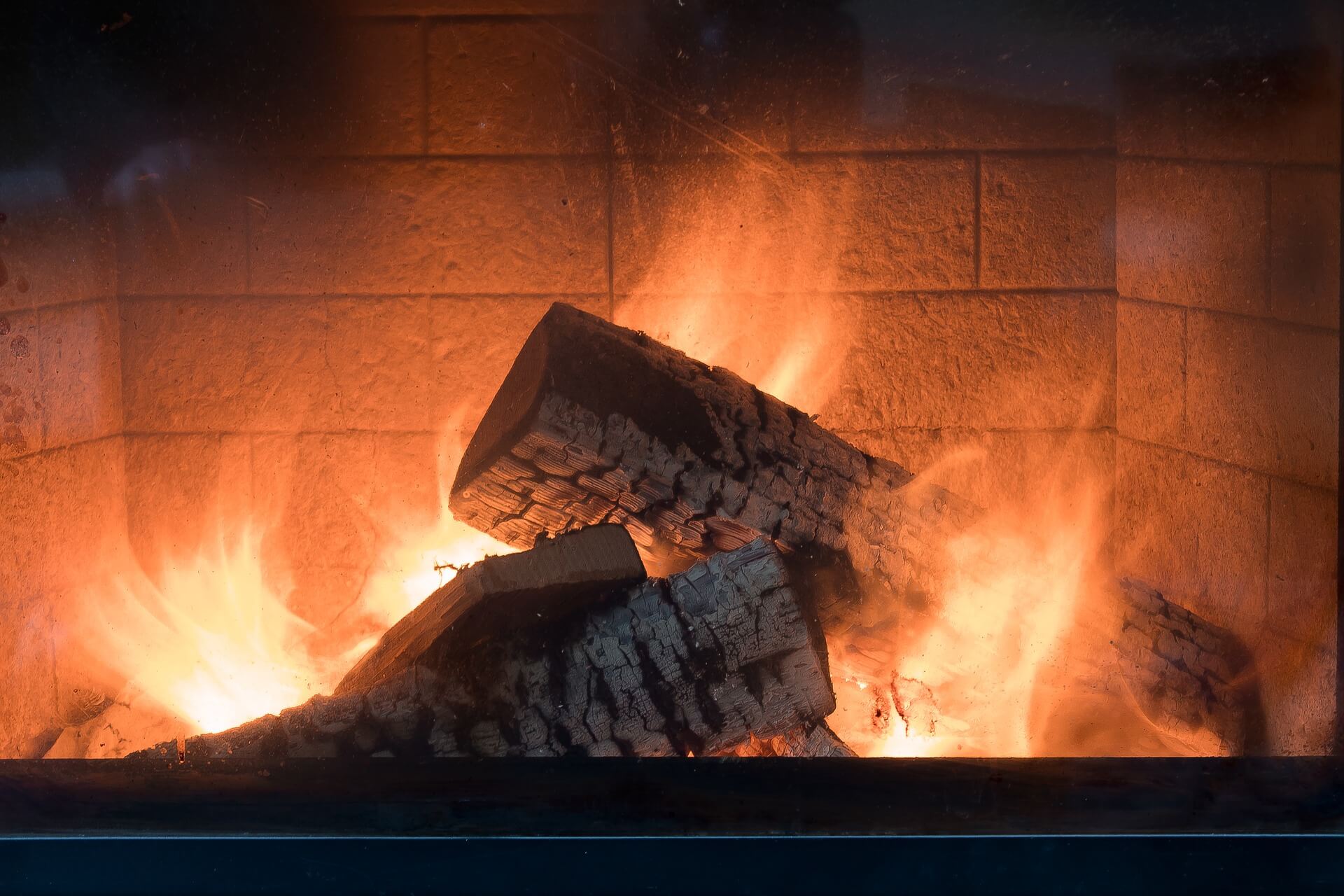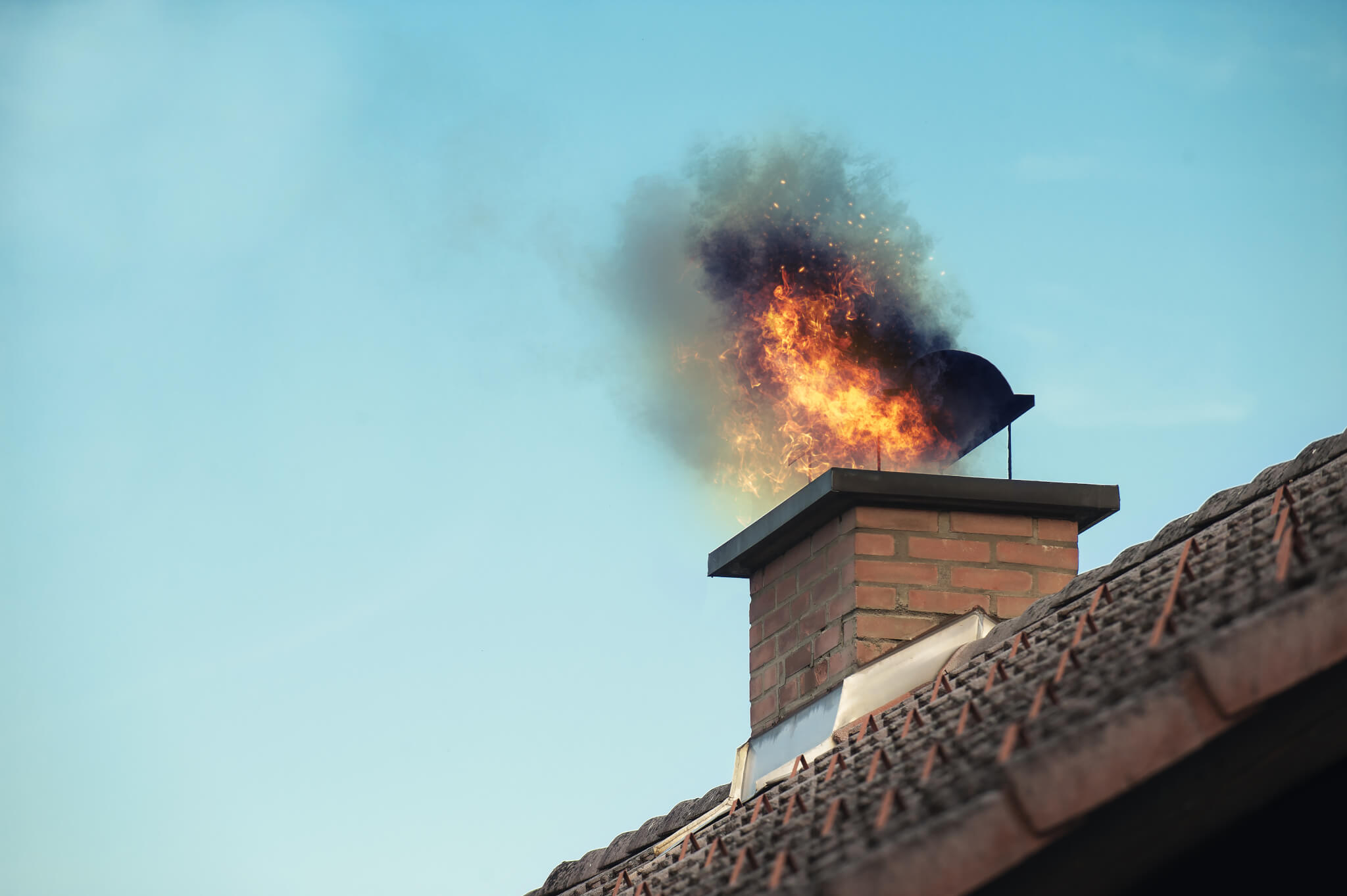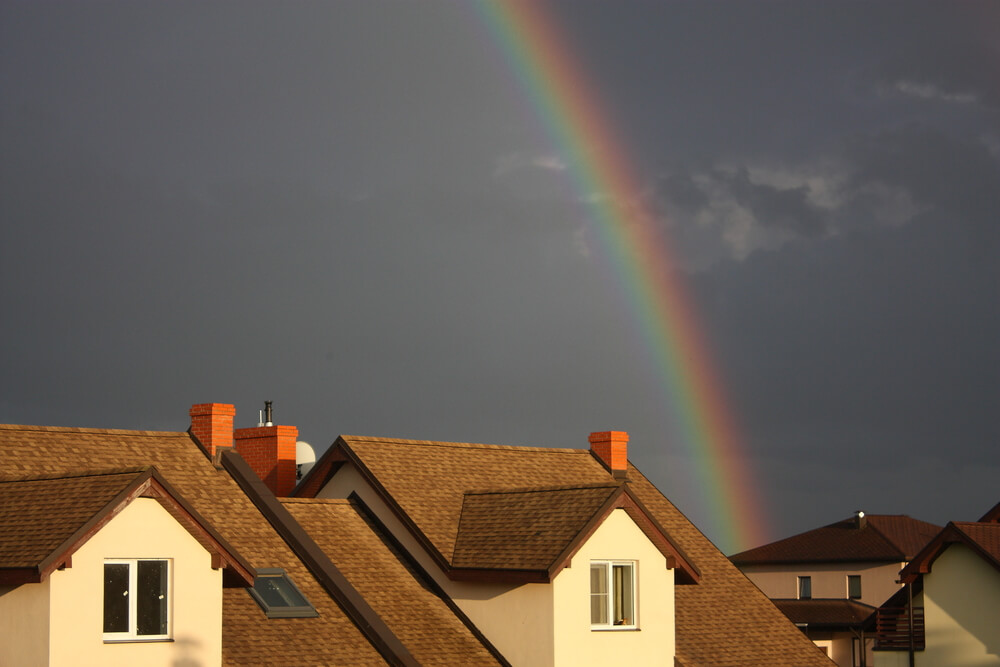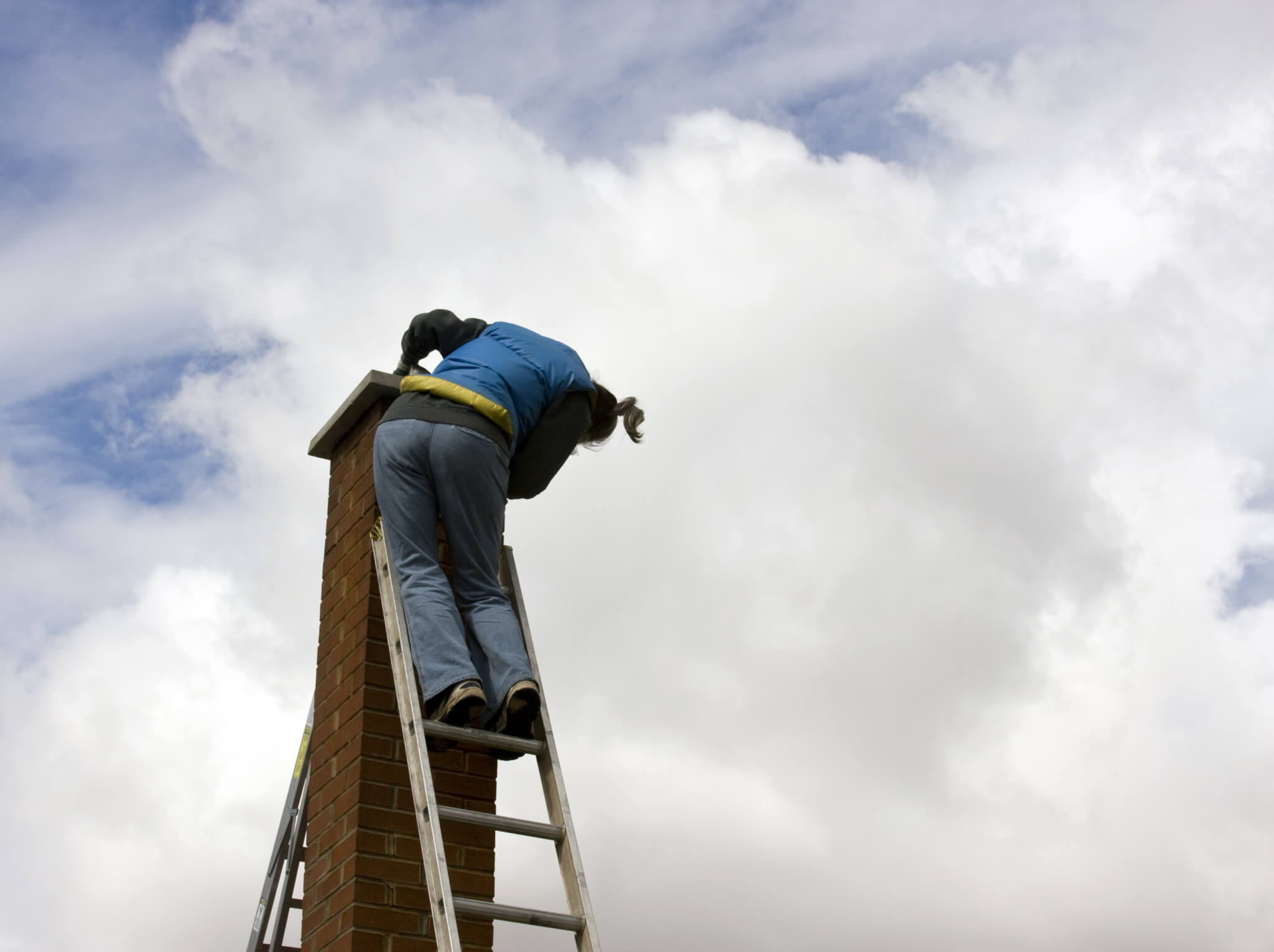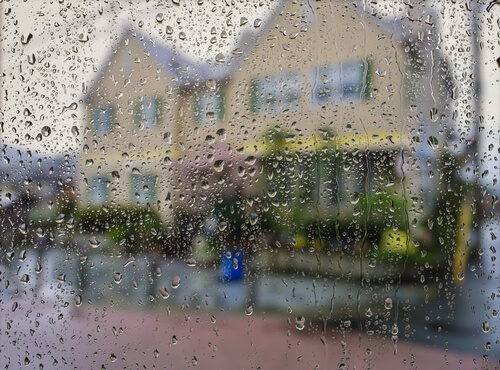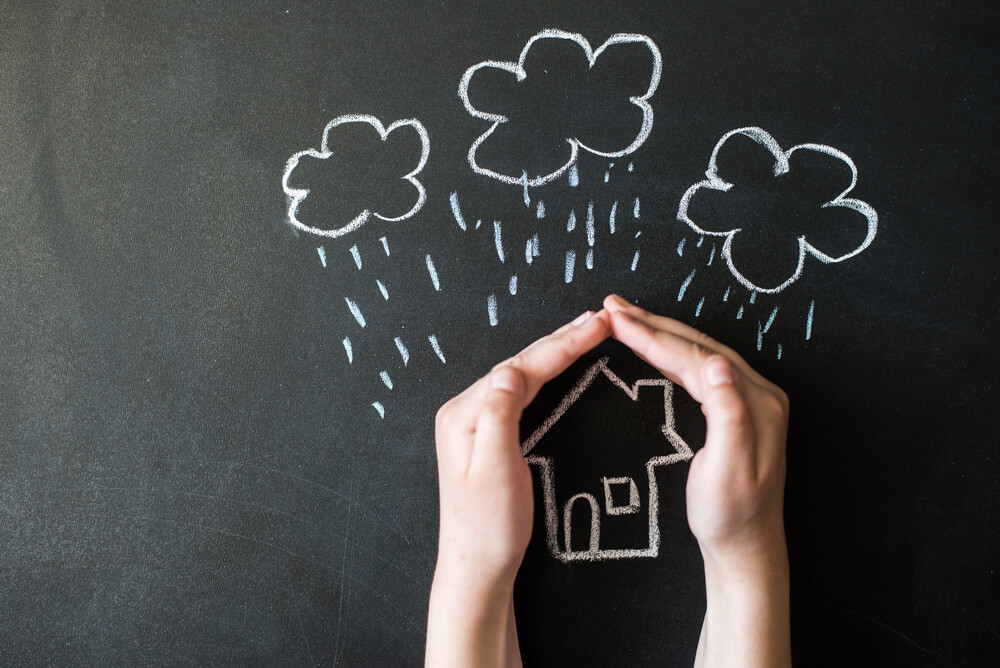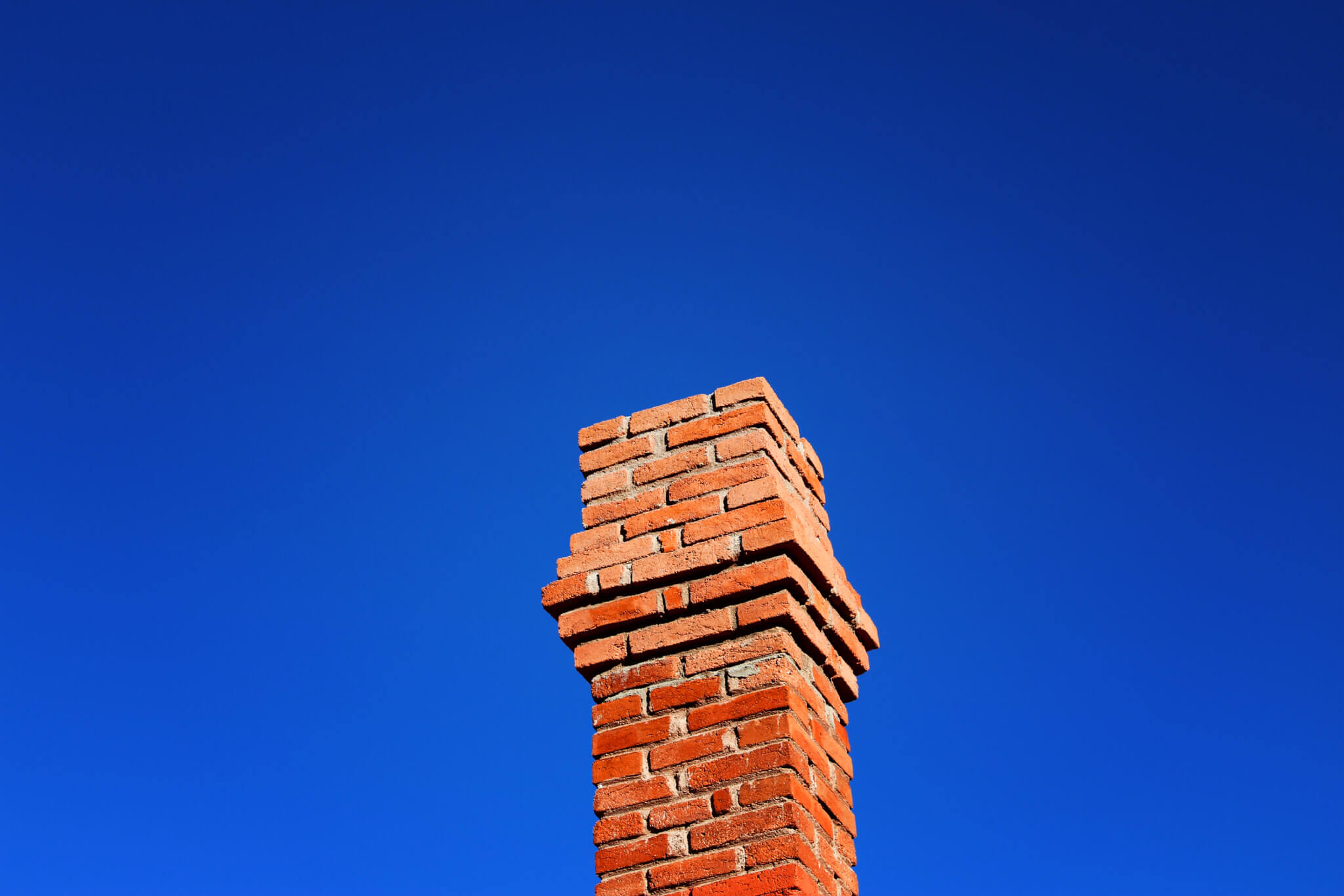Do I Still Need to Get My Chimney Checked If It's Heated With Gas?
Summer is over, the kids are back in school, and Starbucks is bringing back their seasonal pumpkin spice lattes, which can only mean one thing: winter is fast approaching. And as you’re watching your neighbors spend their weekends chopping firewood to get ready for the cold, you can’t help but be grateful that you don’t have to join them. After all, you had that gas fireplace installed a few years back for that very reason.
Fall Real Estate Marketing Tips
For most people, transitioning from summer to fall is an exciting time of the year. The leaves are changing, the air is fresh, and the holidays are soon approaching. For real estate agents, however, the autumn months can feel a bit...dragging.
Why You Should Install a Chimney Cap
The winter months will be here before you know it. When the temperature outside gets chilly, there’s nothing like relaxing by the cozy, warm fireplace. Your chimney system not only adds charm to your home, but it also plays an important role in ensuring that you can enjoy a safe fire.
8 Things You Should Never Burn in Your Fireplace
Thanks to modern-day technology, most homeowners no longer have to light a fire to stay warm during the colder winter months. Even so, nothing quite beats cozying up next to a crackling fire. Since you’ve been a responsible homeowner and kept up with your annual chimney inspections, now that the temperature outside has started to drop, you’re ready to kick back and relax in front of a roaring fire.
How Can I Prevent a Chimney Fire?
In the U.S., chimney fires account for over $120 million in property damage annually. Over 25,000 chimney fires occur each year, causing major damage to the structure of the home and resulting in serious injuries or even death.
Damaged chimney liners or a damaged chimney structure can create major problems for a home. This is because they allow high heat, sparks, and embers to enter into combustible areas of the walls, roof, or attic. One of the most common causes of chimney fires is creosote buildup on chimney walls.
Is it Normal for Rain to Come Down My Chimney?
If you’ve been hearing a dripping sound coming from your chimney after a heavy rain or noticed moisture and stains on the wall near your fireplace, you likely have an issue that must be fixed by a professional.
Rainwater trickling into your fireplace is not normal. In fact, it is a telltale sign that there is an issue within your chimney system. The chimney is a much more complicated structure than most people realize. For this reason, pinpointing the exact source of the leak can be challenging.
Is Chimney Cleaning a DIY Job?
You know that your chimney needs to be cleaned regularly, but maybe you find yourself wondering whether hiring a chimney sweep is really necessary. You maintain and clean the rest of your home, so how hard could chimney sweeping really be?
Why Does My Chimney Leak When it Rains?
If you notice that your chimney leaks during heavy rain, you need to act quickly. Finding the exact source of the leak can prove to be a difficult task because of how complicated a home’s chimney system is. The moisture caused by a leaky chimney can lead to the formation of mold, rot wood, or even damage your home’s finishes (plaster, wallpaper, or paint).
If not immediately addressed, the damage caused by chimney leaks can cause the collapse of the entire chimney structure, or even part of your home. If you notice a moisture spot on your ceiling, usually where the chimney intersects with the wall, you very well may be facing a chimney leak.
There are many reasons why a chimney leaks following heavy rain or snow. In some cases, a leaky chimney may become a chronic problem for a homeowner. Whatever the case may be, it’s important to properly diagnose the leak’s origin so that the source of the problem can be corrected.
If you’re a homeowner with a leaky chimney in Central Indianapolis, Brick + Ember Outfitters can help you get your structure back in good shape. We specialize in diagnosing and fixing chimney leaks. And because customer care and satisfaction are always top priorities for our team, we guarantee our work.
Common Causes of Chimney Leaks
Chimney leaks can be difficult to pinpoint. Leaks can literally come from anywhere on a chimney, which is why locating the source can be tedious, especially for the untrained eye of the average homeowner.
Although chimneys are just a small part of your home’s overall architecture, they play an extremely important role in ensuring the health and safety of your living space. If you suspect you have a leak, you may notice water seeping through a wall or coming through the fireplace. A damaged chimney can be costly to repair if the problem is not found and addressed early on.
There are at least three areas of the chimney where chimney leaks can occur:
- Mortar that is cracked or loose
- Cracked chimney flashing
- Damaged roof shingles
Once a leak has been properly identified, repairs can begin. Depending on the source, repair costs for a leaky chimney can range from a few hundred dollars to $1000+ if the problem is with the brick or mortar. Below are some of the common causes of chimney leaks:
Chimney Mud Cap
The mud cap is the mortared area surrounding the top of the chimney. If this area becomes cracked or loose, rainwater can get into the fireplace. Usually water is present in the hearth, but sometimes rainwater can change course and end up in other areas of the home.
To fix the issue, the mortar cap must be replaced and a flue cap should be inserted. Homeowners can also choose to cover the entire chimney top with a full-sized metal chimney cap.
Chimney Mortar Joints
Over time, mortar joints can deteriorate, leaving holes for water to enter through. In cases where large sections of the mortar in the joints is completely missing, water can come through during blowing rains. Water that enters a hole in the mortar joint can travel to holes in the bricks, zigzag past the flashing, and end up in the ceiling or land up on the slab.
This area of the chimney can be repaired by repointing mortar joints with new mortar.
Chimney Flashing
When leaks occur around the chimney flashing, identifying the source can be difficult. Even one small hole in a corner of the flashing can leak a large amount of water during a hard rain.
An expert sheet metal contractor or roofing contractor should he hired to professionally repair the flashing.
Roof Shingles
Roof shingles can also be the source of a leaky chimney. If you believe that a leak is present in this area, it’s best to have a professional examine the area and repair the shingles. Missing, worn or damaged shingles should be replaced as necessary.
Is Your Chimney Leaking?
Oftentimes homeowners assume that a leaky chimney will always show up as water dripping in the fireplace or flue. However, a home’s chimney system is extremely intricate, and a chimney leak may not be identified until after significant damage has already occurred.
The following may be signs that you have a chimney leak:
- Moisture collecting around the base of the chimney
- Musty odor coming from the fireplace, especially after it rains
- Dripping sounds coming from the chimney
- Water puddle forming at the bottom of your fireplace
- Water stains on your wall around your fireplace
How to Prevent Chimney Leaks
One of the most important reasons to schedule your annual chimney inspection is to get a professional assessment of the health of your chimney system. The experts at Brick + Ember Outfitters know how to identify and repair chimney leaks, preventing more costly damage on down the line.
We can also answer your questions about waterproofing your chimney, helping you to protect your investment for years to come. Enjoy your home without worrying about chimney leaks-- contact our chimney technicians today for an inspection.
Is Waterproofing My Chimney Necessary?
Your chimney plays an important role in protecting your home against wind, rain, fire and anything else mother nature tries to throw at it. A well-built chimney can last for many years, but you need to put the work into maintaining your chimney for a long life. Waterproofing your chimney can keep it functioning smoothly for years.
What is the Difference Between a Chimney, Flue and Vent?
Although chimneys may appear to be fairly simple structures, their makeup is actually much more complicated than most homeowners may realize. Your chimney may seem like it’s just the “cherry on top” for your roofline, but it serves a much greater purpose.
You’ll find that chimneys come in all different shapes and sizes. The average person may not know how to tell the flue from the vent, but no worries. In this article, we will provide a detailed description of the main chimney components and define the three terms that are most often confused: flue, chimney, and vent.
Flue
The flue serves as a passageway for smoke, gas, or other products associated with combustion. It plays an important role in protecting other parts of the home from the heat generated from combustion byproducts, which are produced when burning a fire.
Most modern-day homes have fireplaces with a lined flue. These flues are typically lined with tiles, asbestos-cement transite pipe, cement, or metal. However, because the materials will likely deteriorate over time, they may eventually require relining. If a chimney has a damaged flue liner, they will need to be fixed with a cast in place or stainless steel liners. This is to ensure that there are no gaps or holes that would allow hot air, gas, embers, or sparks to pass through.
Chimney
The chimney stacks vertically and extends out from the top of your home’s roofline. This ensures that smoke, gas, and other products of combustion can safely exit your home. It is possible for a chimney to pass through other parts of your home before it actually exits your home. This is typically seen in houses that have a chimney not positioned on an exterior wall or is located on the first floor.
As a rule of thumb, it’s better to make a chimney taller to avoid wind turbulence. You should aim to have the top of the chimney right above the roof peak. If the chimney penetrates the house envelope below its highest level, the chimney will not function as well. This is because the chilled air will pass through much of the chimney space.
It is common for chimneys to be designed from bricks, mortar, or other masonry. They can even be factory built and made using stainless steel material. Sometimes factory built chimneys feature a more elaborate design that includes a decorative chimney chase covering, siding, or other roofing materials that complement the home.
In reference to your fireplace system, the chimney is the visible, exterior portion that is exposed to the various weather elements. It’s important that the chimney flue is the same size as the appliance flue collar. If your chimney is oversized for the appliance, this creates more draft which could put your home at risk of experiencing a potentially devastating chimney fire.
Vent
Similar to fireplaces and flues, vents can also pass through different parts of the house. They also need temperature protection to stop heat from damaging the surrounding building materials. However, since vents are not designed to handle the high heat created from wood burning fires, they are most often installed with gas fireplaces.
Vents may exit vertically through the top of the roof or horizontally through a wall. Some may even run through a chimney, as long as anything else venting through the space is contained in a separate flue. Vents help remove the byproducts from combustion just like chimneys and flues. At the same time, they also draw in air from the outside to help fuel the fire. Doing this helps fireplaces with vents function more efficiently than what you will see with open hearth systems.
If you’re unclear about whether your fireplace system functions using a chimney, flue, or vent, contact Brick + Ember Outfitters today. Our team of trained professionals can evaluate the health of your fireplace system and answer any questions you may have about how to keep them functioning at optimal levels.

